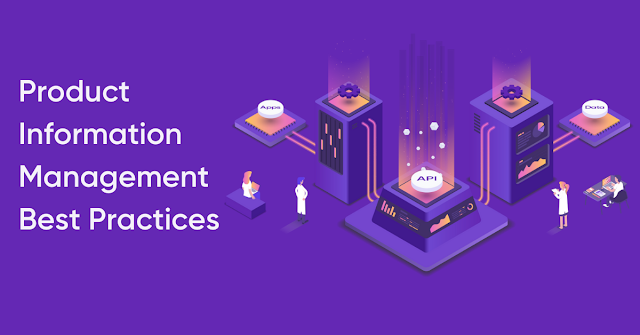With data growing in monumental proportions (at a rate of 463 exabytes per day by 2025), it is safe to say that data is omnipresent and increasing exponentially – powering everything we do. However, in reality, data alone is not enough to produce successful business outcomes. Clearly, the rate of data comprehension cannot keep up with that of its creation. Today, “data-driven” has turned into an attribute that every organization aspires to be recognized. What it essentially means is data, as a true source of competitive differentiation, is imperative to arrive at better business decisions. In doing so, enterprises must harness the potential of their data through data visualization tools, knowledge extraction, analytical models, and decision systems to extract the maximum amount of insights. In essence, they need business intelligence software. A term introduced by the Gartner Group in the mid-90s, BI represents a wide area of applications and technologies that work in cohesion to coll





.jpg)